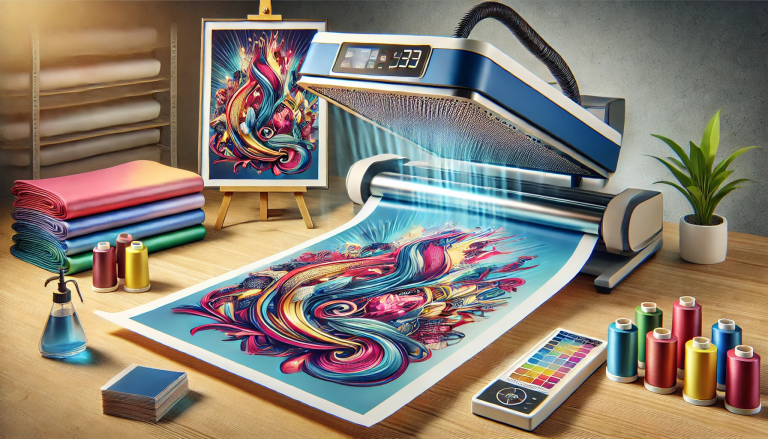“DTG vs. DTF Printing: Decoding the Pros and Cons” -MAXDTF- UV Magic Film Supplier, UV DTF Film Wholesale, Made in China
Introduction
In the world of garment printing, technology has revolutionized the way we create custom designs on fabric. Direct-to-Garment (DTG) and Direct-to-Film (DTF) printing are two popular methods that have gained prominence for their ability to produce vibrant, detailed, and long-lasting designs. But which is better: DTG or DTF? In this blog post, we’ll delve into the pros and cons of each method to help you make an informed decision based on your specific needs.
DTG Printing: A Closer Look
Direct-to-Garment (DTG) printing involves using specialized inkjet printers to directly apply water-based inks onto the fabric’s surface. This method is favored for its ability to reproduce intricate details and vibrant colors accurately. Here’s a breakdown of its pros and cons:
Pros of DTG Printing:
- High Detail Reproduction: DTG excels at reproducing fine details, gradients, and complex designs, making it a great choice for intricate artwork and photographs.
- Full-Color Printing: DTG printers can produce a wide range of colors, including vibrant and subtle shades, allowing for greater creative freedom.
- Soft Feel: The water-based inks used in DTG printing penetrate the fabric, resulting in a soft-to-touch print that’s more comfortable to wear.
- No Setup Costs: DTG printing doesn’t require expensive setup or screen preparation, making it cost-effective for small batch printing and one-off designs.
Cons of DTG Printing:
- Limited on Dark Fabrics: DTG inks are semi-transparent, which means they struggle to show up vividly on dark-colored fabrics without a white underbase.
- Print Durability: While advances have been made, DTG prints may fade faster than some other methods, especially with regular washing and exposure to sunlight.
DTF Printing: A Deeper Dive
Direct-to-Film (DTF) printing is a relatively newer method that involves printing designs onto a special transfer film which is then heat-transferred onto the garment. DTF offers its own set of advantages and disadvantages:
Pros of DTF Printing:
- Versatility with Fabrics: DTF printing works well on a wide variety of fabrics, including both light and dark-colored textiles, synthetic materials, and blends.
- Color Vibrancy: DTF prints tend to have vibrant and saturated colors that stand out, even on dark fabrics, due to the use of white ink underbase.
- Fade Resistance: DTF prints are known for their durability and fade resistance, making them a good choice for long-lasting designs.
- No Fabric Limitations: Unlike DTG, DTF printing can handle synthetic fabrics without the risk of damaging the material, expanding the range of printable items.
Cons of DTF Printing:
- Thicker Feel: The additional transfer layer can sometimes result in a slightly thicker feel compared to DTG prints.
- Initial Costs: DTF printing can involve higher initial investment due to the need for special transfer films, a heat press, and potentially more maintenance.
- Learning Curve: DTF printing requires some technical expertise in handling the transfer process, which might require training for beginners.
Conclusion
In the battle of DTG vs. DTF printing, there’s no definitive winner. The “better” option depends on your specific requirements and priorities. DTG printing is ideal for intricate designs, soft-feel prints, and smaller batches, while DTF printing shines when it comes to versatile fabric compatibility, color vibrancy, and longevity.
Before making a decision, consider factors such as the complexity of your designs, the types of fabrics you’ll be printing on, the expected durability of the prints, and your budget constraints. If possible, test both methods with your specific designs to see which one aligns better with your desired outcome. Ultimately, both DTG and DTF have their strengths, and choosing the right method will ensure your designs come to life in the most vibrant and appealing way possible.



